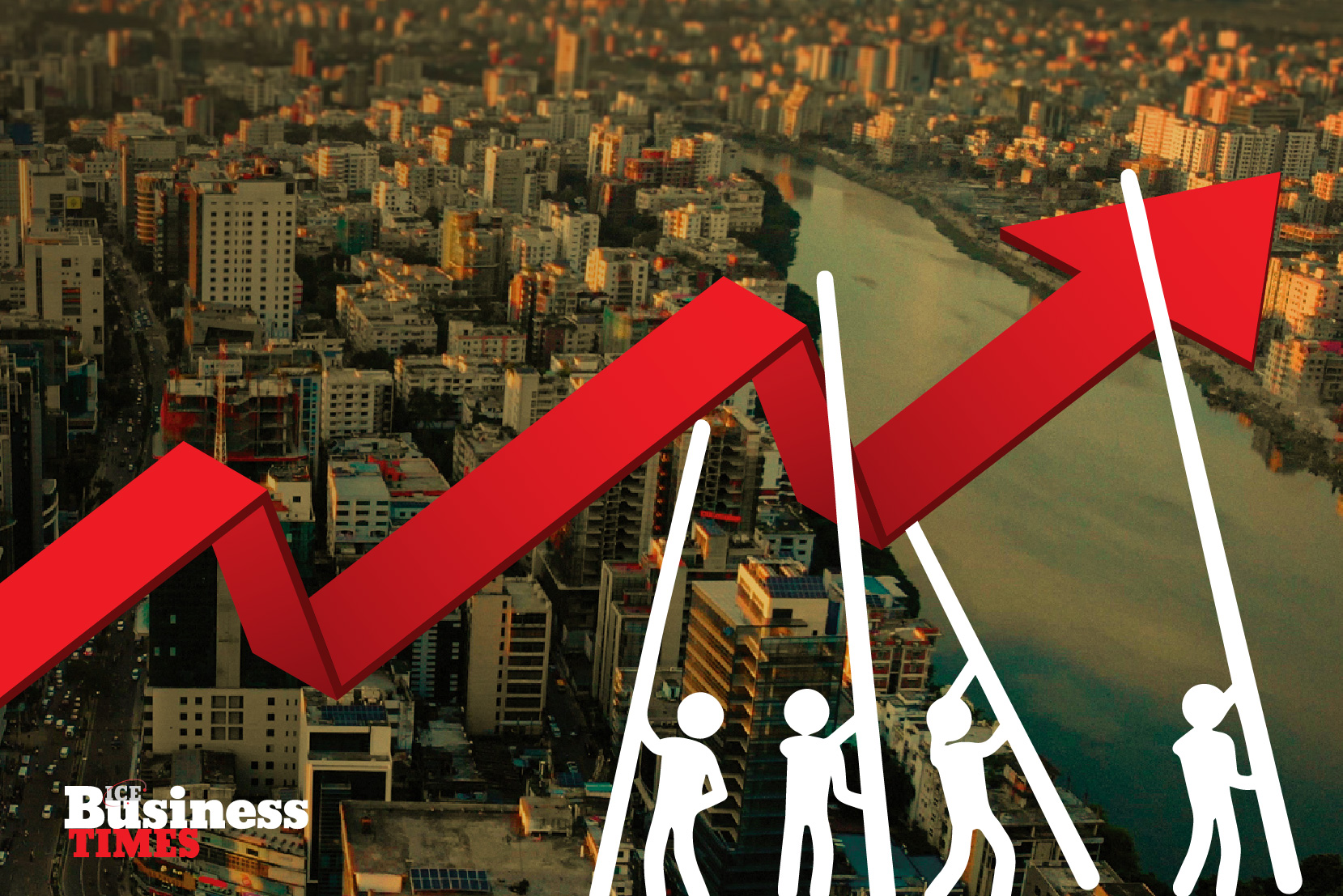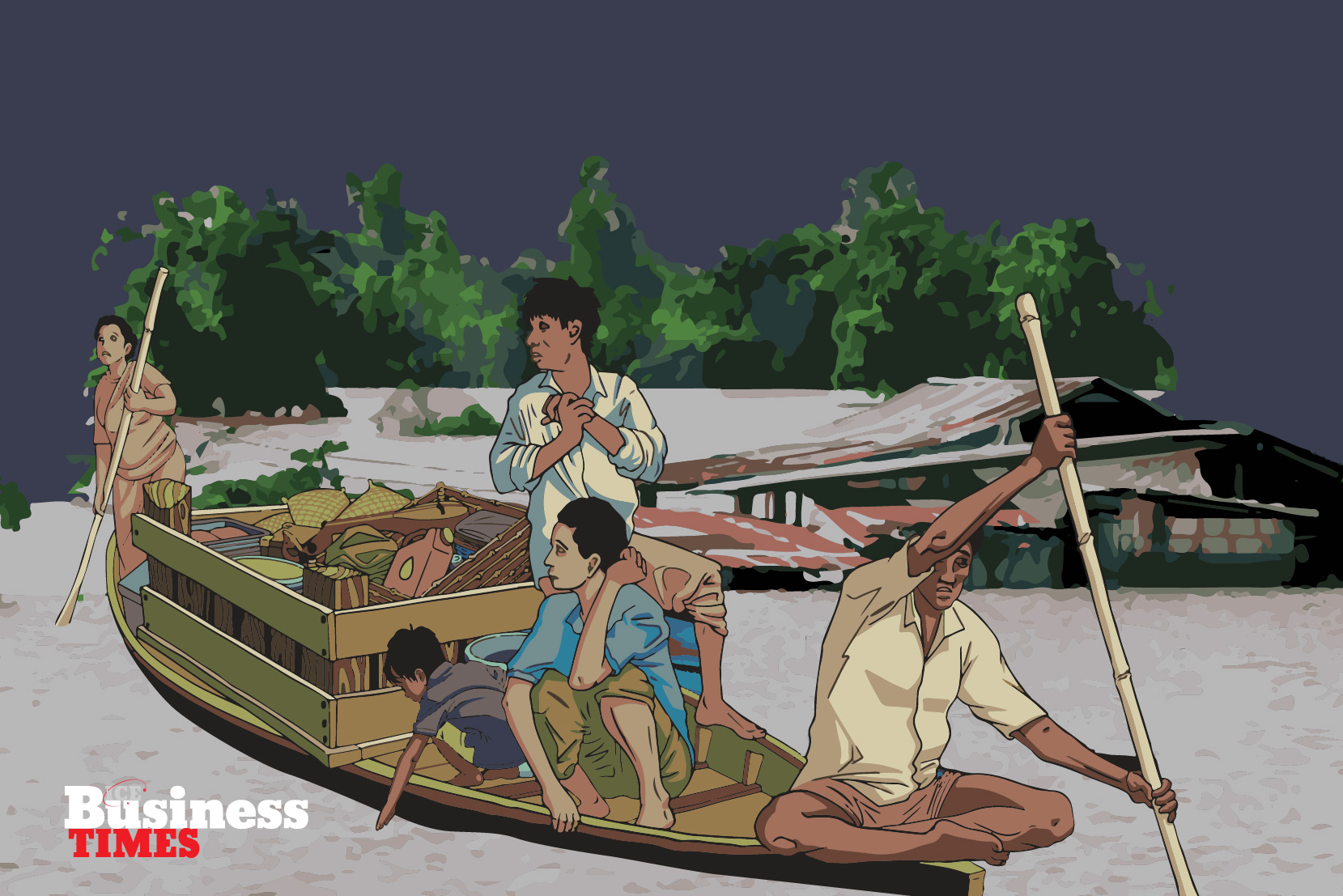During 5 specific days of the year, Muslims from all over the world gather in Mecca for Hajj. These men and women often stay for more then one month in the Kingdom of Saudi Arabia (KSA). The pilgrim mix includes all ethnicity, nationality, gender and sect which would have otherwise divided them in their daily lives. In order to emphasis equality, the participants all perform the same rituals and dress in similar attires.
The dates for Hajj 2017 is estimated to be from August 30th to September 4th. For the hosting nation, Saudi Arabia, Hajj is the second most important source of income right after oil and gas. With the expected pilgrim figures to be around 2.7million by the year 2020, the tourism sector stands to make some serious bucks in the coming years.
The burgeoning tourism sector must bring immense relief to the widening budget deficit for KSA. According to a report by RT, the Kingdom has a big oil shaped hole in its budget which was valued at $87 billion in the year of 2016. This is a direct impact of an over-dependency on oil revenue.
But not all is lost just yet. The current Hajj season is expected to rake in $5.3-6.1 Billion depending on the number of pilgrims. According to Saudi Economist, Abdullah Khatib, 40% of this revenue is attributable to housing, 15% from gifts, 10% from food and the remaining 35% is earned through other services.
The sector employs around 883,000 or 8% of all jobs in the country. And if it all goes according to plan, the numbers may rise to 1.3 million by 2030 says McKinsey Global Institute. The Kingdom has taken some steps to put the plan in action. It has reportedly ‘eased visa restriction’ for pilgrims. There was even an upsurge in real estate investments, but the plunging oil prices meant huge spending cuts by the government.
But pilgrims have their share of vows too. This year the Saudi authority has slapped an additional fee of SR 2000 (TK 40,000) on repeat pilgrims. This is no way will dissuade pilgrims, because where else can they go for their pilgrimage?















